How Denmark Became a Nation of Metal Detectorists
The valuable ancient artifacts unearthed by these amateur archeologists are now on display at the national museum.
Like most metal detectorists—at least, those who have ever been so lucky—Louise Stahlschmidt will never forget the first time she struck gold.
“My most exciting find was a little gold foil called a guldgubbe,” says Stahlschmidt, who lives in the tiny farming village of Bjergby, at Denmark’s northern tip. “It’s very small, a thin gold foil with a person on it, like a stamp.” The original purpose of these tiny artifacts, which have also been found in Sweden and Norway, remains mysterious, but archeologists date them to the Iron Age, around the 7th century, Stahlschmidt says. “I’ve since found two of them, and they’re very rare here.”

Stahlschmidt’s guldgubber were exciting, but the 46-year-old never thought of keeping them. Instead, following a centuries-old Danish law, she handed the treasures over to her local museum, so they could be studied for clues to Denmark’s past. “In a few years you get a letter and a little reward,” Stahlschmidt says, adding that she expects a bounty of perhaps 500 or 600 Danish kroner (roughly $80).
Stahlschmidt’s discoveries—not only the guldgubber, but also ornaments from the Viking and medieval eras and even the remains of a Roman wagon—are among the thousands of objects uncovered by metal detectorists every year in Denmark, where permissive regulations and generous rewards have led thousands of Danes to take up the addictive hobby. While most of their hits may turn out to be loose change, nails, or pop tabs, these amateur archaeologists have also shed a great deal of light on some little-understood elements of Danish history, contributions that are being celebrated this year with a major new exhibition at the Nationalmuseet in Copenhagen.

“These citizens are so dedicated,” says Line Bjerg, the exhibition’s curator, who reports that the show—which opened in February 2023—is attracting large crowds, including metal detectorists who are thrilled to see their finds in the country’s national museum. “They spend a lot of time doing this, and that’s time that we as professionals would never have in the field. They save a lot of objects that we wouldn’t know about, and we’re writing our history together in a way where everybody can participate.”
Denmark’s “treasure trove” rules date to long before the invention of metal detectors. In 1241, King Valdemar II declared that anyone who found a valuable item of unknown provenance was required to hand it over to the crown. In 1752, the statute was amended to include a bounty for finders, usually a small sum of money (although a woman who turned over a golden Viking horn in 1693 only received a new skirt).
Inventors experimented with metal detecting throughout the 19th century, but the technology didn’t take off until World War II, when it was used to find unexploded ordnance. As the devices made their way into the hands of amateur archeologists and treasure-hunters, concern about looting of historic sites led many governments to crack down on metal detecting. Denmark, however, would stand by its ancient treasure trove law, which provided a bounty just generous enough to dissuade black market sales. Today it remains among the world’s most detectorist-friendly countries.
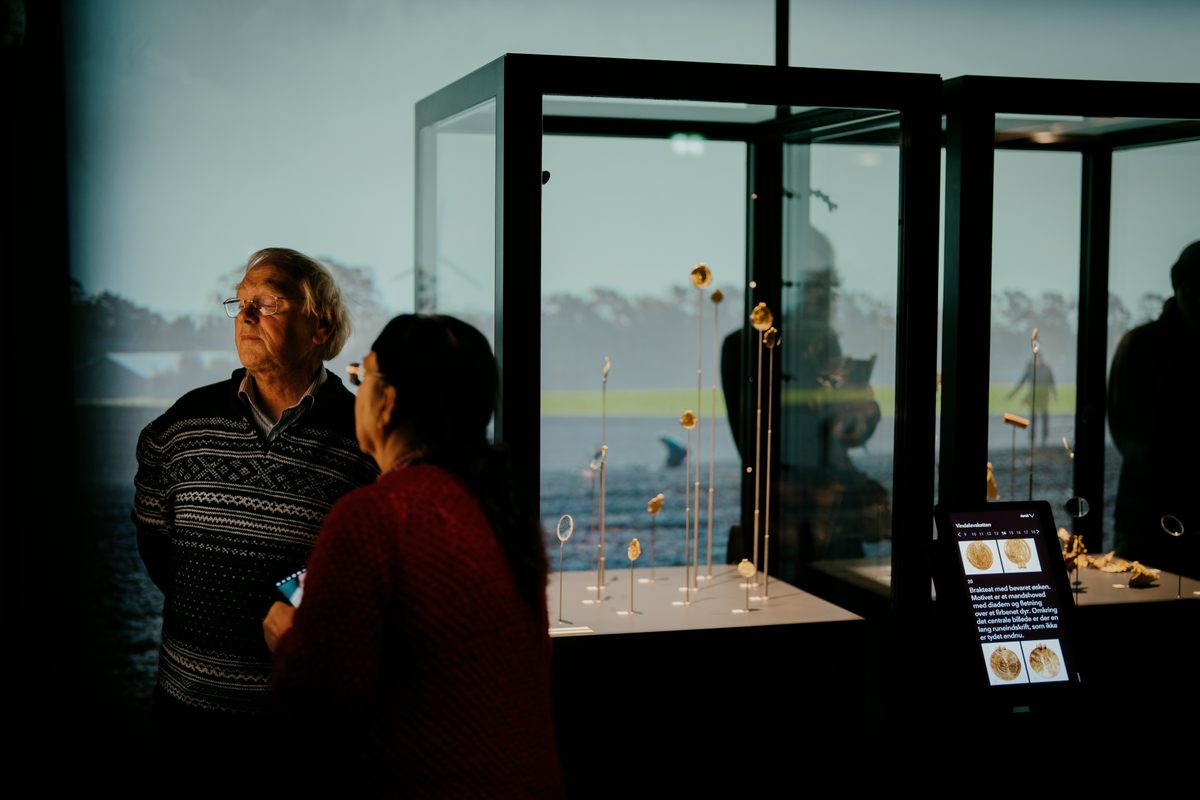
Last year, the Danish government paid out more than 6 million Danish kroner (nearly $900,000) for a total of 17,863 objects—more than three times the number of finds sent for processing a decade ago. While the number of active detectorists is hard to determine, metal detecting, which was popularized in part by the mid-2010s British TV series Detectorists, seems to be a veritable craze in this country of less than 6 million. It’s one that archeologists welcome, especially as they have become increasingly concerned in recent years that artifacts will be destroyed by agriculture.
“Denmark is one of the most intensely cultivated countries in the world,” says Mads Ravn, director of research and archaeology at the Vejle Museums in Flegborg. While most of Europe has been cultivated for centuries, new agricultural technology has led to deeper tilling, Ravn explains, and that endangers objects of historical interest that may have been lying securely beneath the top layer of soil for a millennium or more.

Such objects include a collection of gold artifacts discovered in 2021 by perhaps the luckiest detectorist in history: Ole Ginnerup Schytz was trying his newly purchased metal detector for the first time when he found the horde, which archeologists dated to the 6th century. The objects are a highlight of the new exhibition.
A find like that is what detectorists live for, although it’s not the temptation of riches but the chance to contribute to her nation’s treasure trove that has kept Stahlschmidt trekking through fields, listening intently for the electronic beep that indicates either treasure—or trash—nearly every day since she discovered the hobby in 2014.
“It makes me feel so proud,” she says, “because I can help to puzzle these little pieces together of our history, and those who were here before us.”
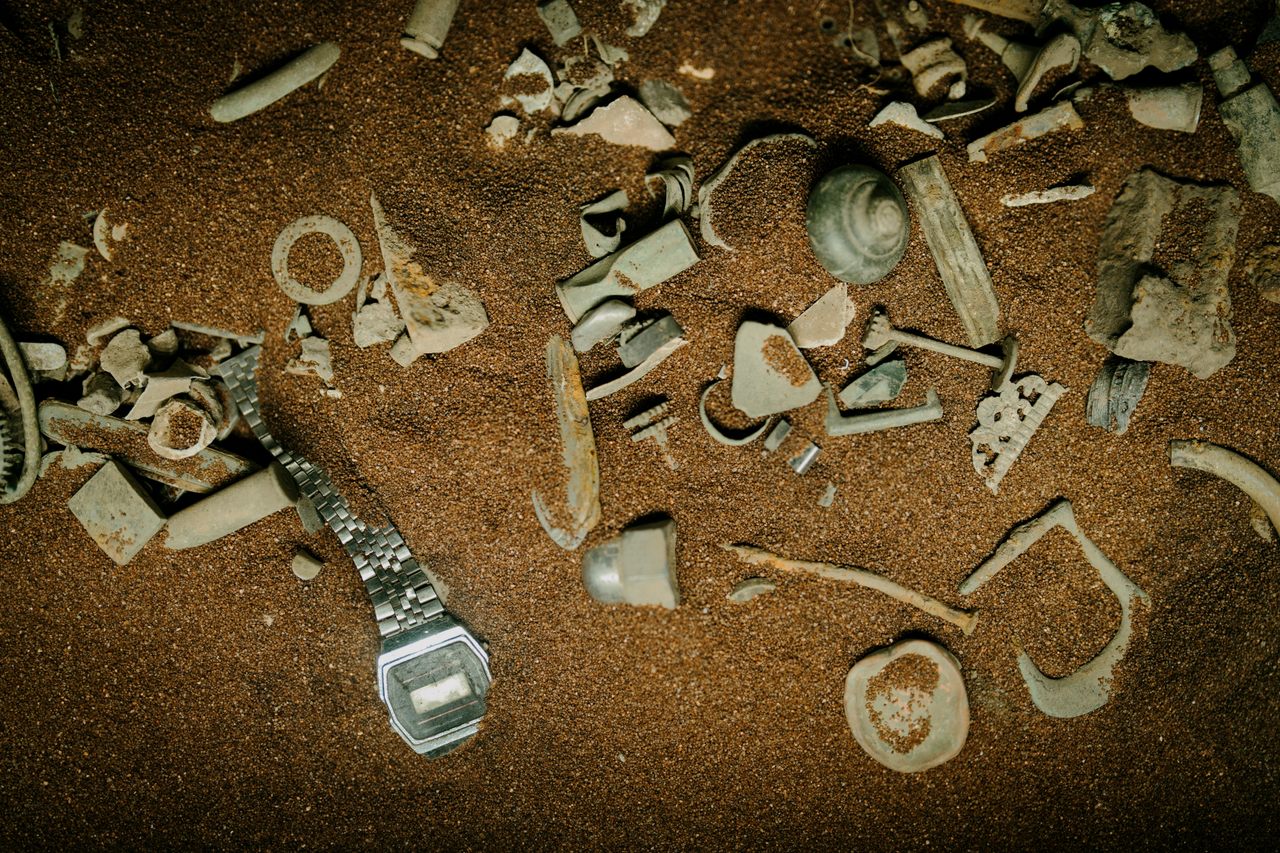



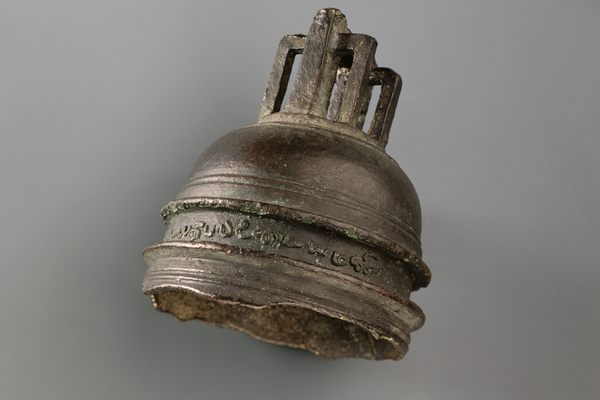
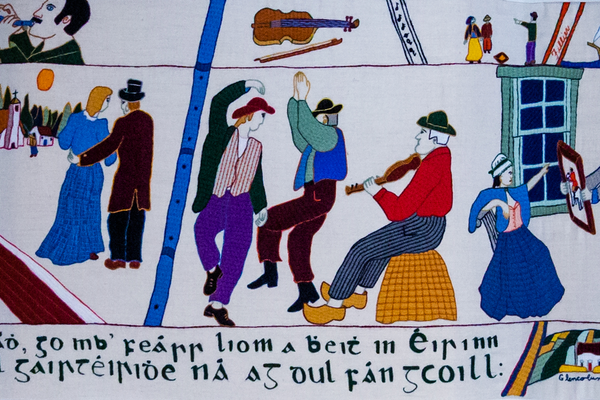
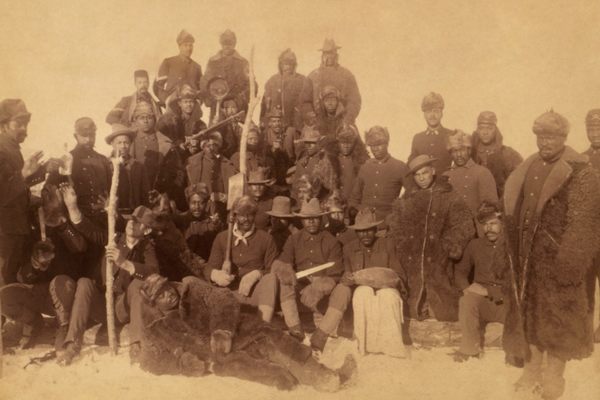



































Follow us on Twitter to get the latest on the world's hidden wonders.
Like us on Facebook to get the latest on the world's hidden wonders.
Follow us on Twitter Like us on Facebook